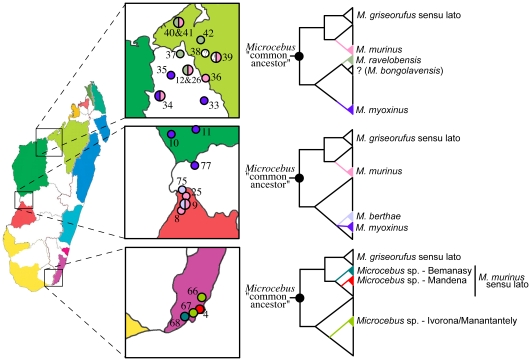Figure 3. Phylogenetic descriptions of areas of sympatry and fine-scale allopatry among Microcebus lineages.
Colored sections in the maps of Madagascar signify areas of micro-endemism and white sections signify retreat dispersion regions [21]. All known regions of sympatry in mouse lemurs involve populations of M. murinus sensu lato. The top two outlined boxes highlight regions of sympatry involving M. murinus and at least three other species (M. bongolavensis could not be assessed in this study), each of which shares a most recent common ancestor with M. murinus at the root of most gene trees. However, at least one case of sympatry is known that involves M. murinus and its sister lineage, M. griseorufus, in the Berenty Reserve in southern Madagascar [not sampled in this study and not depicted here [69]. As further support for the speciation model of Wilmé et al. (2006), areas of sympatry appear to be clustered in or near retreat dispersion regions, which are proposed to have influenced the expansion of species ranges during the Quaternary. In contrast, the bottom outlined box highlights lineage distributions within a single region of micro-endemism in the southeast.

